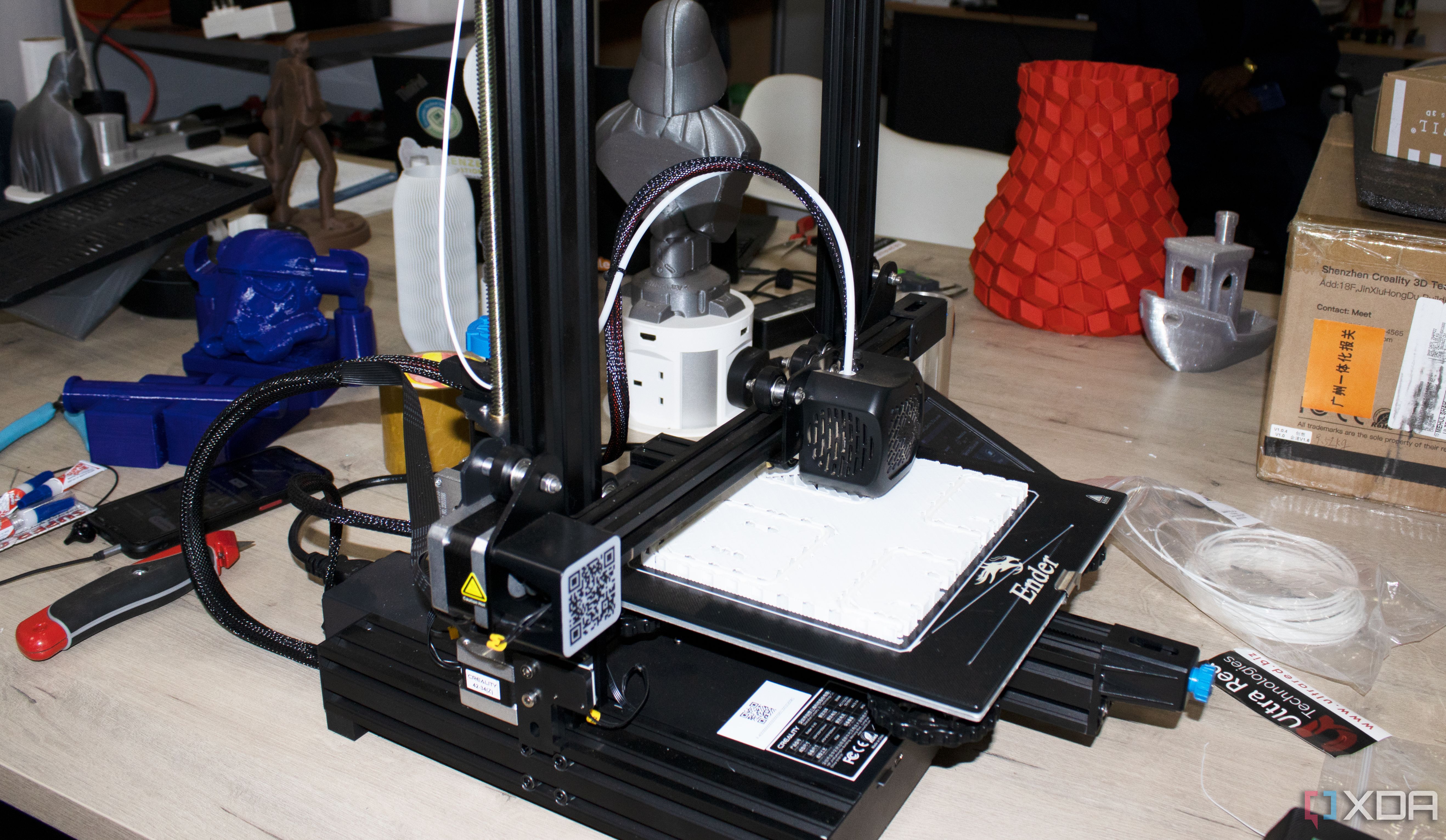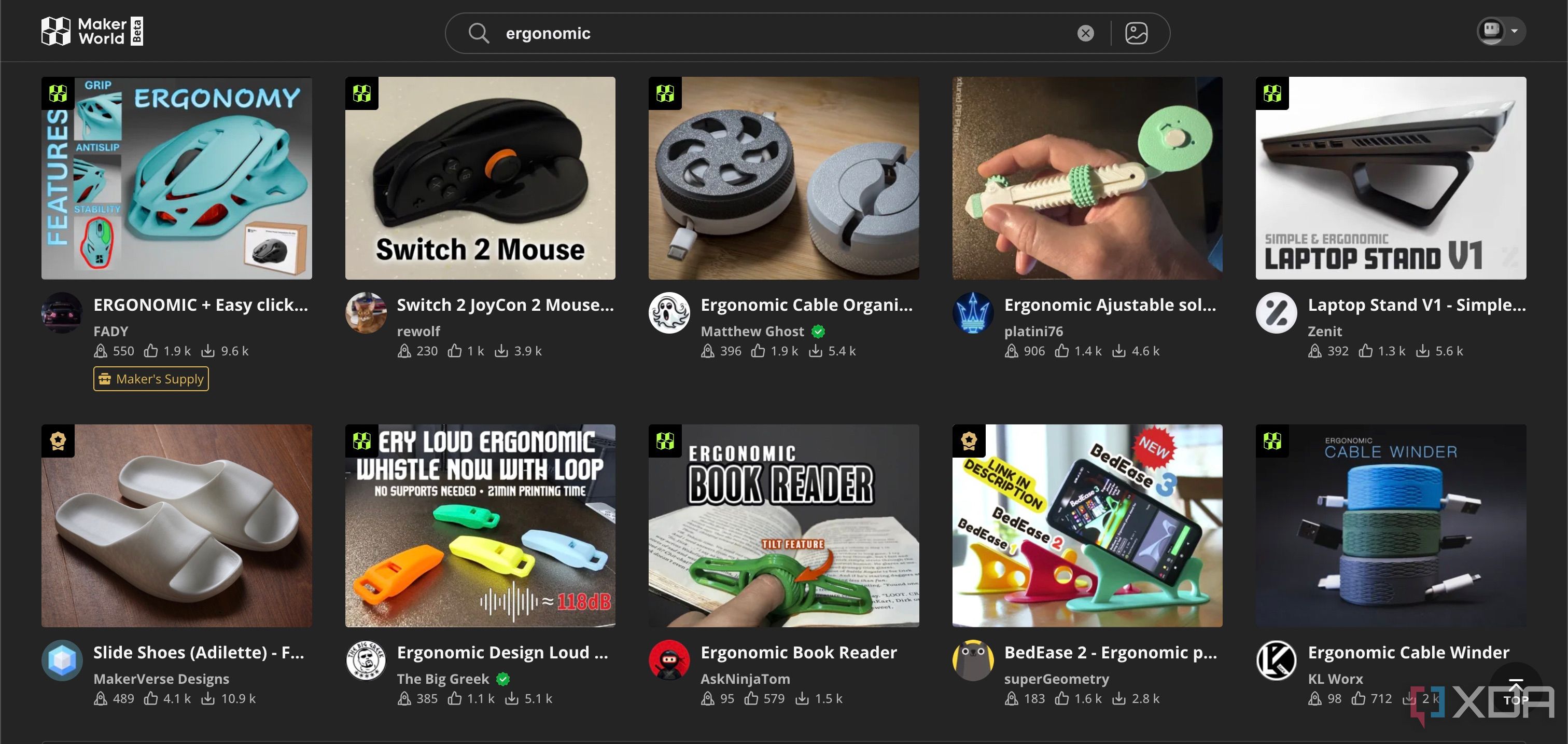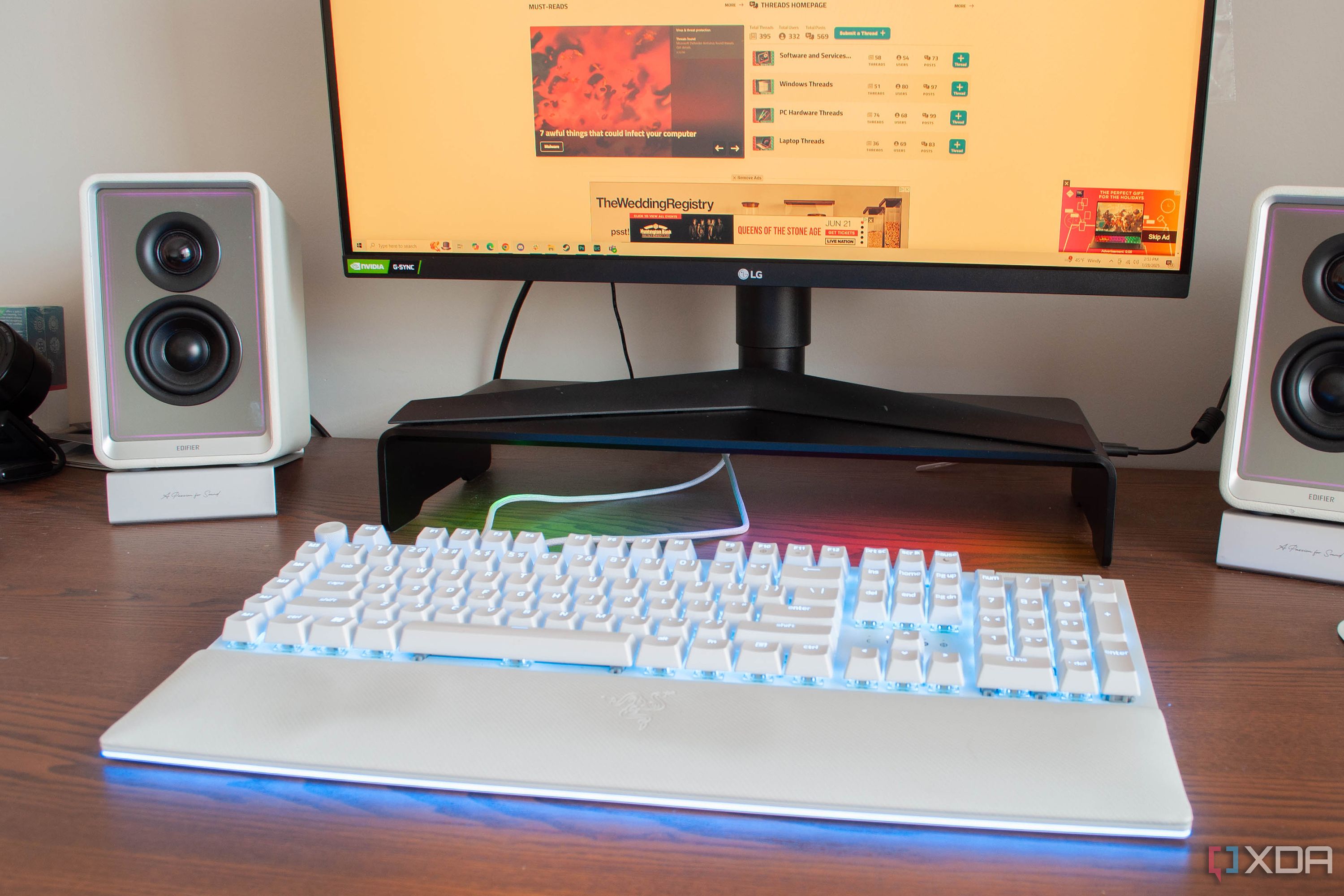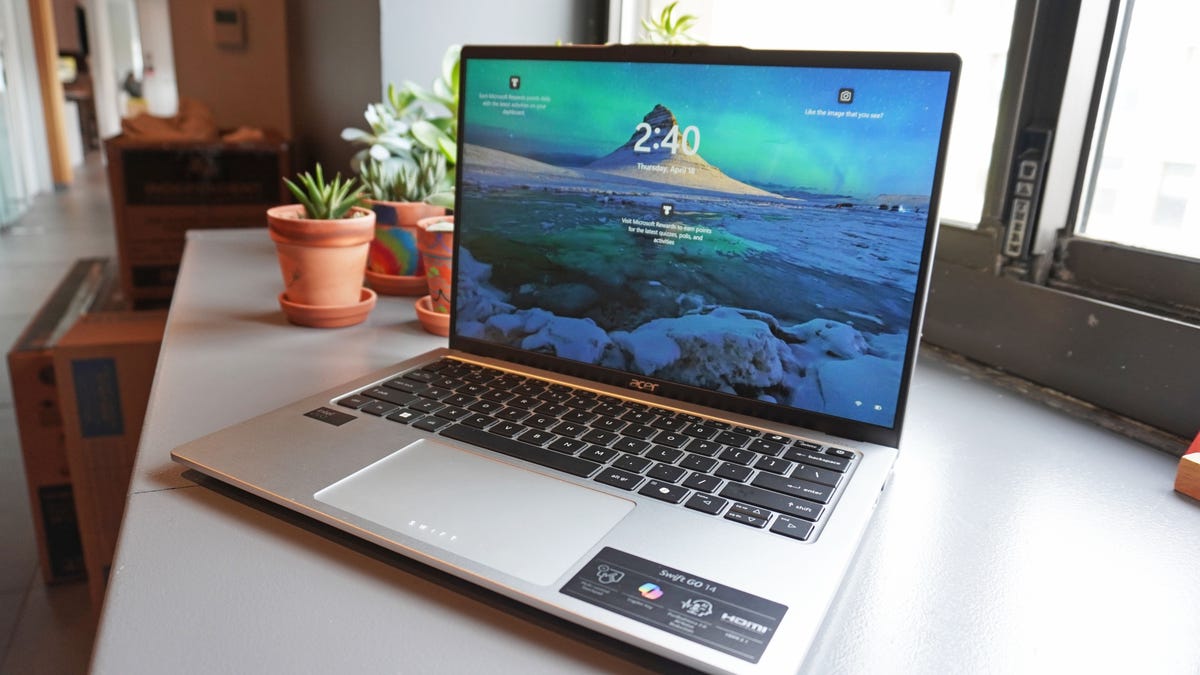I recently got a new ergonomic chair to go with the motorized standing desk in my work setup. The idea was to improve the ergonomics when sitting and working for long hours, since bad posture and slouching can lead to severe health issues in the long run. Apart from a good desk and chair, there are a few other parameters to take care of when working on a computer. For instance, your monitor needs to be at eye level, your arms should be parallel to the ground when typing, and your feet should rest flat on the ground. While the first two requirements were met in my existing setup, my feet weren't always in contact with the ground.
This is mainly because of my chair's height. If I set it to the lowest setting, my feet would touch the ground, but the desk would be higher. On the other hand, increasing the chair's height to match the desk would mean that my feet were off the ground. I couldn't change my chair since I just bought a new one. The desk is also excellent, so that wasn't a solution either. That's when it struck me that I could fix this problem in a rather simple manner. My trusted 3D printer came to the rescue with a fine footrest that could bear the weight of my feet when working. I've been using it for a few days now, and I can certainly feel a drastic difference in my productivity. Here's how you can print one to improve your setup.

Related
10 accessories you can 3D print for your home office
Organize your setup with these cool and functional 3D prints
Getting rid of knee pain with a 3D printer
I didn't think it would make such a big difference
I figured that not resting my feet on a flat surface was causing pain in my knees and calf muscles, especially when sitting for long periods while working. To sort this out, I thought of 3D printing a footrest that I could place right below my chair. This way, I could rest my feet on an elevated platform instead of letting them hang in the air. Initially, I thought of designing one myself based on the exact required height. However, I realized it was too much work, so I looked online to see if I could find a footrest someone else had designed.
I didn't find many good designs, so I decided to look for table designs instead. I found a good one that would do the job for me and downloaded it. However, it was quite small, and printing it with the default settings would mean that it wouldn't be high enough for me to rest my legs on it. So, I increased the scale to 200% and printed the table. My old Ender 3 S1 Pro took close to 14 hours to print, but the end result was exactly what I wanted. The footrest is of the perfect height for my usage, and it bridges the gap between my feet and the floor. I was also pleasantly surprised by how sturdy the print turned out, which is what you want for something that bears the weight of your legs. In fact, I liked it so much that I printed another one to keep my water bottle, keys, and other items on it when I'm at my desk at work.
Figuring out the right accessories

After using the footrest for a few days, I noticed that my legs felt less fatigued, which also led to longer attention spans and improved focus while working. This shows how a small change in ergonomics can make such a big difference. Owing to this experience, I started wondering what other ergonomic improvements one can make to their setup. If you have a monitor that's lower than your eye level, I would recommend printing a monitor stand to raise its height.
You can also 3D-print your own wrist rests to comfort your wrists and provide sufficient support when typing for long hours. A simple search on any 3D printing design repository will show you several results for ergonomic items that you can print to improve your home office, work desk, or study. If you often experience pain in different parts of your body, and you sit and work for long hours, I would highly recommend paying close attention to and improving your ergonomics.
Your 3D printer is more useful than you think
There are thousands of functional prints you can find on the internet that can not only add immense value to your life but also help with niche fixes like these. Moreover, 3D printing objects like these also help with reducing expenses, since an ergonomic footrest would cost you a decent amount of money if you bought one from a store. Finally, you also get to customize models as per your requirements if you're 3D printing them. For instance, you can make the footrest taller or shorter depending on your height and the height of your chair and desk.
.png)












 English (US) ·
English (US) ·